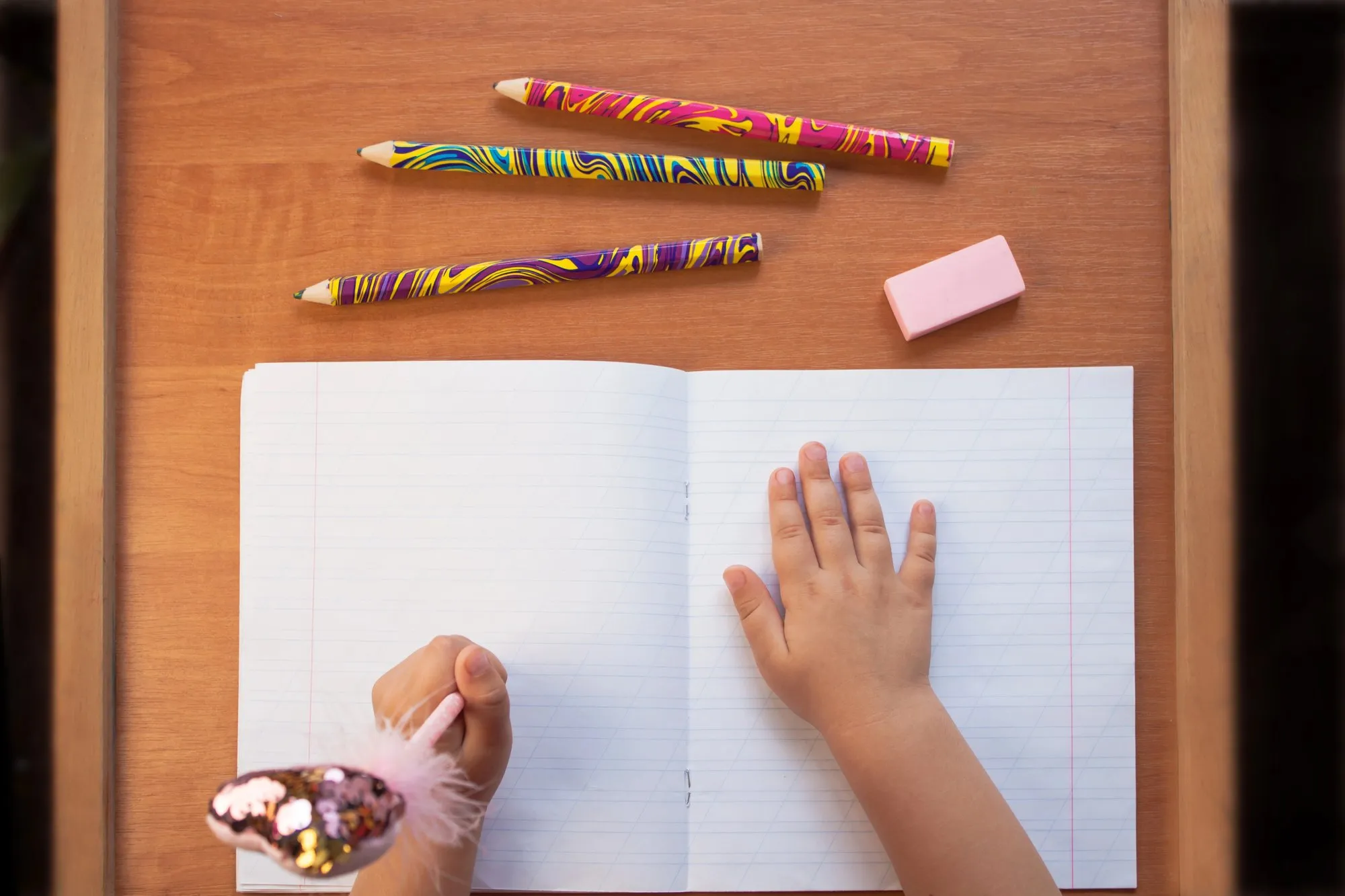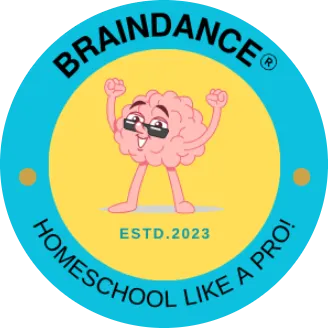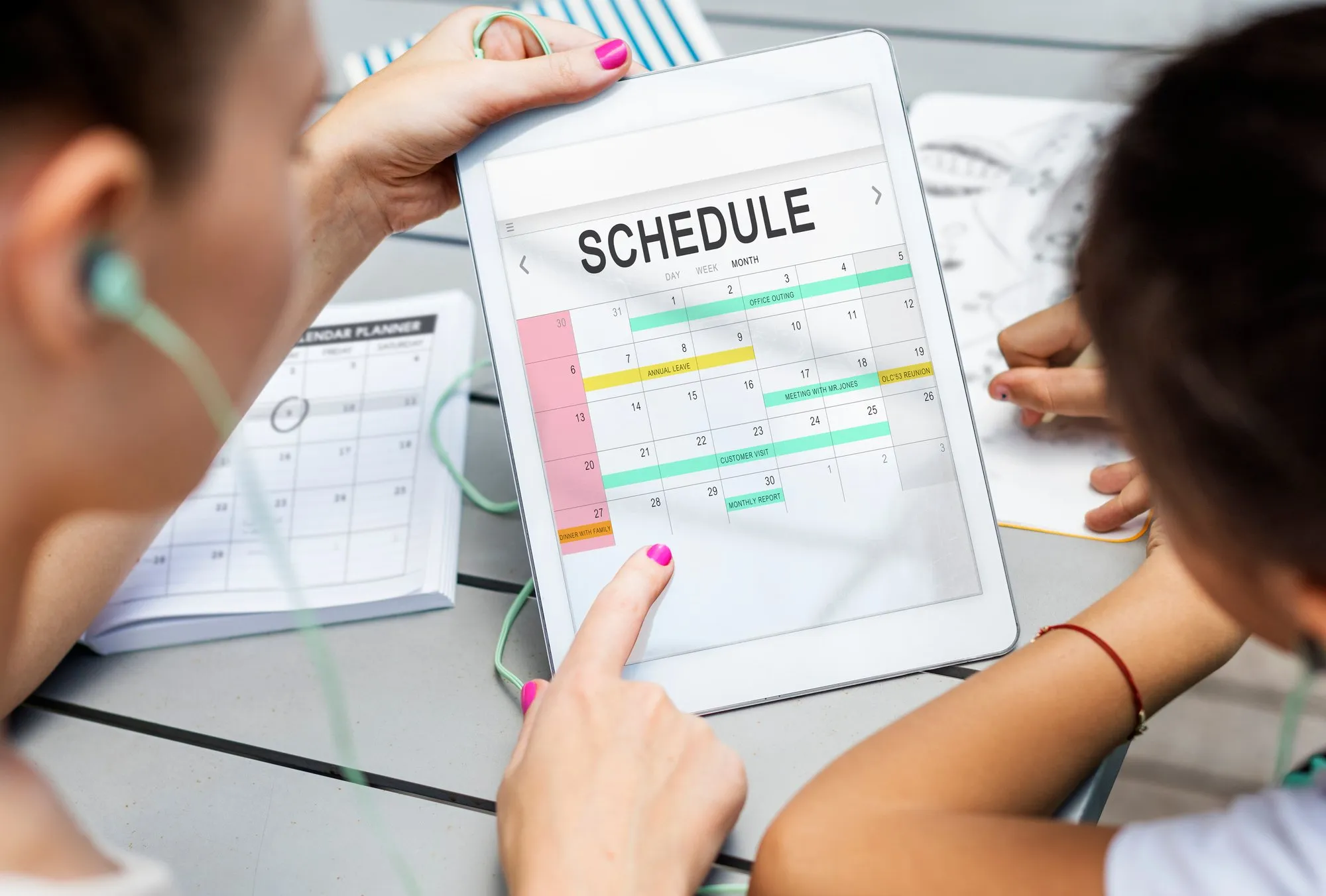Celebrating National Lefty Day: A Comprehensive 5E Lesson Plan for Homeschooling Grades K-5
Explore Engaging Activities, Cultural Insights, and Educational Standards to Support a Left-Handed Child's Unique Learning Journey (This blog post includes affiliate links)
Kindergarten
- Engage: Start by reading "The Left-Handed Champ" by Billy Lynch with your child. Discuss what it means to be left-handed and how it can be different.
- Explore: Encourage your child to try simple tasks using their left hand, like drawing or cutting paper.
- Explain: Introduce the concept of "left" and "right." Explain that "left" is a homonym, meaning it sounds like "left" as in "departed" but has a different meaning. Discuss the Greek root "sinistro," which means "left" and how it relates to "sinister."
- Elaborate: Help your child create a collage of things they can do with their left hand.
- Evaluate: Ask your child to share their experiences using their left hand.
Sample Question: Why might someone find it special to be left-handed?
- Sample Answer: Because being left-handed makes them unique, and they might be good at different things.
Standards Met:
- English Language Arts Standard RL.K.1: With help, your child should be able to ask and answer questions about important parts of a story you read together.
- Social-Emotional Learning Standard 1A.1a: Your child will recognize their own feelings and understand how those feelings affect their behavior.
Grade 1
- Engage: Read "Lefty" by Planet Dexter Editors with your child. Discuss the character's achievements.
- Explore: Have your child write their name with their left hand and compare it to their right-hand writing.
- Explain: Introduce the Latin root "lev" meaning "light" or "left." Discuss idioms like "left out" and what they mean. Which "left" is being used?
- Elaborate: Help your child create a "Left-Handed Heroes" poster featuring famous left-handed people.
- Evaluate: Encourage your child to present their poster and discuss what they learned.
Sample Question: Can you name a famous person who is left-handed and something they achieved?
- Sample Answer: Leonardo da Vinci was left-handed and painted the Mona Lisa.
Standards Met:
- English Language Arts Standard W.1.2: Your child should be able to write about a topic, giving some facts and providing a sense of closure.
- Social Studies Standard 1.1.2: Your child will learn to identify and describe the importance of various cultural symbols.
Grade 2
- Engage: Watch the YouTube video "Left-Handers Day for Kids" with your child. Discuss the challenges and advantages shown.
- Explore: Have a left-handed day where your child uses their left hand for all activities.
- Explain: Discuss the Greek root "dexi" meaning "right" and how "dexterity" is often associated with the right hand. Explore idioms like "left-handed compliment." Which "left" is being used?
- Elaborate: Guide your child to write a short story from the perspective of a left-handed character.
- Evaluate: Encourage your child to share their story and discuss different perspectives.
Sample Question: What is a "left-handed compliment," and why might it be confusing?
- Sample Answer: A left-handed compliment sounds nice but is actually an insult, which can be confusing.
Standards Met:
- English Language Arts Standard RL.2.6: Your child should be able to notice differences in how characters think and feel.
- Science Standard 2-PS1-1: Your child will learn to ask questions, make observations, and gather information to describe and classify different materials.

Grade 3
- Engage: Introduce a left-handed tool (like scissors) and discuss its design with your child.
- Explore: Have your child try using left-handed tools and compare their experiences.
- Explain: Discuss the Latin root "sinister" and how it contrasts with "dexter" (right). Explore idioms like "left in the dark." Which "left" is being used?
- Elaborate: Help your child invent something that assists left-handed people and write an explanation of how it works.
- Evaluate: Encourage your child to present their invention and discuss its potential impact.
Sample Question: What does it mean to be "left in the dark," and how does it relate to being left-handed?
- Sample Answer: "Left in the dark" means not knowing something. It relates because left-handed people might feel left out in a right-handed world.
Standards Met:
- English Language Arts Standard W.3.1: Your child should be able to write their opinion on a topic, supporting it with reasons.
- Engineering Standard 3-5-ETS1-1: Your child will learn to define a simple design problem that reflects a need or want.
Grade 4
- Engage: Research a famous left-handed historical figure with your child, such as Albert Einstein, and discuss their contributions. Explore whether this left-handed claim is true or false.
- Explore: Help your child create a timeline of left-handed achievements.
- Explain: Discuss Greek and Latin roots like "lev" and "dexter." Explore idioms like "left to one's own devices." Which "left" is being used?
- Elaborate: Guide your child to write a report on how being left-handed influenced the historical figure's life.
- Evaluate: Encourage your child to share their report and discuss common themes.
Sample Question: How did being left-handed help or hinder the historical figure you researched?
- Sample Answer: Being left-handed helped them think creatively, but they might have faced challenges using right-handed tools.
Standards Met:
- English Language Arts Standard RI.4.7: Your child should be able to interpret information presented in different ways, such as visually or orally.
- History Standard 4.1.3: Your child will learn about the contributions of various cultural groups to the development of the United States.
Grade 5
- Engage: Facilitate a debate with your child on the advantages and disadvantages of being left-handed.
- Explore: Conduct a survey with your child to find out how many friends or family members are left-handed and analyze the data together.
- Explain: Explore the etymology of words related to "left" and "right." Discuss idioms like "left high and dry." Which "left" is being used?
- Elaborate: Help your child create a presentation on left-handedness in different cultures.
- Evaluate: Encourage your child to present their findings and discuss cultural perspectives.
Sample Question: What does "left high and dry" mean, and how might it apply to a left-handed person?
- Sample Answer: "Left high and dry" means being abandoned. A left-handed person might feel this way if they don't have the right tools.
Standards Met:
- English Language Arts Standard SL.5.4: Your child should be able to report on a topic or text, sequencing ideas logically and using appropriate facts and details.
- Math Standard 5.MD.B.2: Your child will learn to make a line plot to display a data set of measurements in fractions of a unit.
These mini-lessons are designed to engage you and your child in a meaningful exploration of left-handedness while aligning with educational standards.







